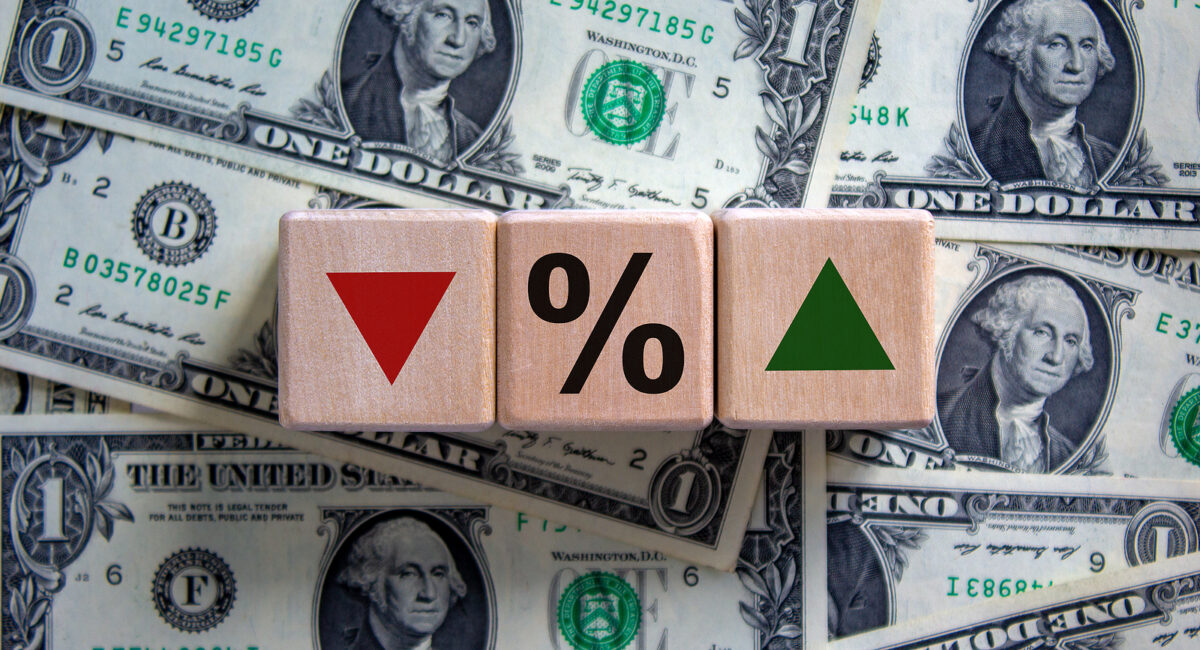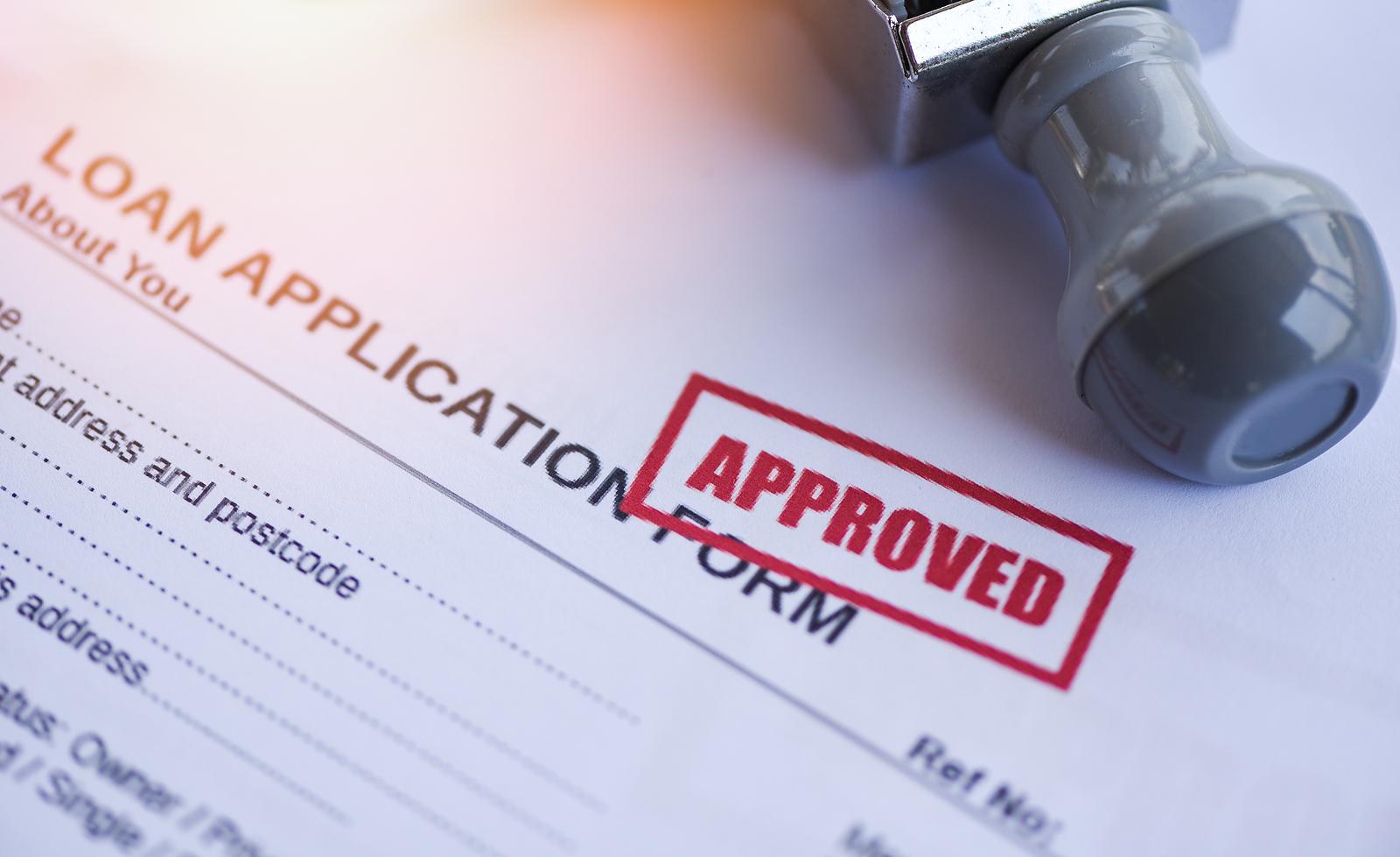Introduction
If you’ve been keeping an eye on the housing market, you’ve probably noticed that mortgage rates have been making headlines again. Understanding how interest rates impact your buying power in 2025 is more than just market gossip; it’s key to knowing how far your dollar will stretch in today’s real estate climate. Whether you’re a first-time buyer or a seasoned investor, this post will break down how interest rates affect what you can afford, how they influence your monthly payments, and what to expect this year.
Why Interest Rates Matter to Homebuyers
When mortgage interest rates rise or fall, they directly impact the total cost of your loan. In 2025, buyers are navigating a market that’s still responding to inflation measures and economic shifts from previous years. Even a half-point change in interest rates can mean a significant difference in your monthly mortgage payment and long-term cost. This makes understanding how interest rates impact your buying power in 2025 essential if you’re planning to make a move.
For example, if you qualify for a $400,000 mortgage at a 6% interest rate, your monthly principal and interest payment is about $2,398. However, if rates increase to 7%, that loan would cost roughly $2,661 per month, a difference of over $250 or $90,000 over 30 years. That’s a major shift in affordability, especially when budgeting for property taxes, insurance, and maintenance.
The Federal Reserve’s Role in 2025 Rates
The Federal Reserve doesn’t directly set mortgage rates, but its policies heavily influence them. In 2025, the Fed’s ongoing efforts to balance inflation and economic growth are keeping rates in flux. As inflation cools, the Fed may slow down rate hikes or even begin to lower them, increasing buyer affordability and potentially reheating the market.
When the Fed signals a change in monetary policy, lenders adjust their rates in anticipation. So, staying informed about Fed meetings and economic reports can give you an edge when timing your home purchase. It’s another reason why staying current on how interest rates impact your buying power in 2025 is so important.
Buying Power Explained
Buying power refers to how much home you can afford to purchase based on your income, down payment, credit score, and mortgage interest rate. Even if your income remains steady, rising interest rates reduce your buying power. This means you might need to consider less expensive properties or increase your down payment to keep your monthly payment within budget.
In 2025, home prices are stabilizing in many markets, but higher interest rates can still shrink your loan approval amount. Let’s say you’re approved for a $2,500 monthly mortgage payment. If rates are at 6%, you might afford a $415,000 home. At 7%, that drops closer to $385,000. Knowing how interest rates impact your buying power in 2025 helps set realistic expectations and plan ahead.
Strategies to Maximize Affordability in 2025
Despite higher rates, you can take steps to increase your buying power this year:
-
Improve Your Credit Score: Better credit often means lower interest rates. For the best rates, aim for a score of 740 or above.
-
Increase Your Down Payment: A larger down payment reduces the amount you borrow, which can help you qualify for a better rate and smaller monthly payment.
-
Shop Multiple Lenders: Rates can vary widely between lenders. Get pre-approved with at least three to compare offers.
-
Consider an Adjustable-Rate Mortgage (ARM): If you plan to move or refinance within a few years, an ARM may offer a lower initial rate.
-
Negotiate with Sellers: In a balanced market, some sellers may offer to buy down your rate as an incentive.
Understanding how interest rates impact your buying power in 2025 equips you with tools to navigate today’s market with confidence.
Conclusion
Interest rates are more than just numbers; they shape your real estate journey. Whether you’re looking to buy your first home or invest in a rental property, knowing how interest rates impact your buying power in 2025 puts you in a stronger position to make informed decisions. As the market continues to shift, staying informed is the best way to make your next move count.





